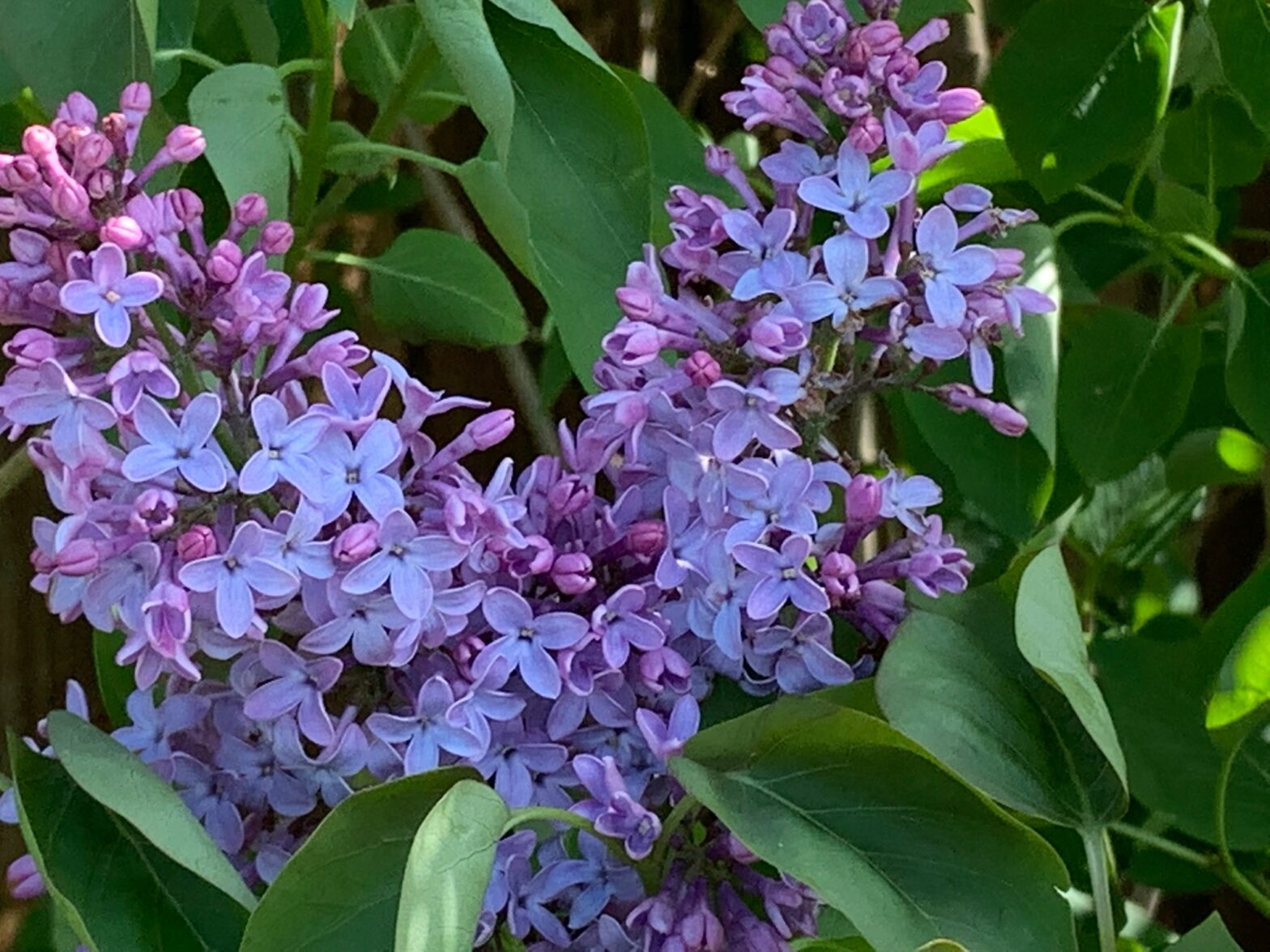Lilacs, known for their captivating fragrance and stunning blooms, have long been cherished in gardens and landscapes around the world. This versatile flowering shrub belongs to the Syringa genus and encompasses a diverse range of species and cultivars. In this article, we will explore the enchanting world of lilacs, their characteristics, popular varieties, cultivation tips, and the timeless allure they bring to outdoor spaces.
Section 1: The Allure of Lilacs
- Fragrance and Beauty: Lilacs are renowned for their intoxicating scent, filling the air with a sweet and delicate aroma. Their abundant, clustered blooms in various shades of purple, pink, white, and even yellow add a touch of elegance and charm to any garden or landscape.
- Symbolism and History: Lilacs hold symbolic meanings, often associated with love, remembrance, and new beginnings. They have a rich history, dating back to ancient civilizations and inspiring poets, artists, and garden enthusiasts throughout the ages.
Section 2: Popular Lilac Varieties
- Common Lilac (Syringa vulgaris): The classic lilac variety, featuring large clusters of fragrant, purple or lavender flowers. It is known for its hardiness and has been cultivated in numerous cultivars, offering variations in bloom color, size, and fragrance intensity.
- French Hybrid Lilacs (Syringa x hyacinthiflora): These lilacs are a cross between common lilacs and Persian lilacs. They offer a wider range of colors, including white, pink, and magenta, and often bloom earlier in the season.
- Dwarf Korean Lilac (Syringa meyeri): A compact lilac variety with small, dense clusters of fragrant flowers. It is prized for its adaptability to smaller spaces, making it a popular choice for gardens and urban landscapes.
Section 3: Cultivation and Care Tips
- Sunlight and Soil Requirements: Lilacs thrive in full sun, requiring at least six hours of direct sunlight per day. They prefer well-draining soil that is slightly alkaline, with a pH range of 6.5 to 7.5.
- Pruning and Maintenance: Regular pruning helps maintain the shape, control size, and promote vigorous blooming. Prune immediately after flowering to avoid cutting off next year’s flower buds.
Section 4: Additional Uses and Benefits
- Cut Flowers and Floral Arrangements: Lilac blooms are highly valued in floral arrangements, adding beauty and fragrance to bouquets and centerpieces.
- Medicinal and Aromatherapy Uses: Some lilac species have been used in traditional medicine for their potential anti-inflammatory and antimicrobial properties. The essential oil derived from lilac flowers is used in perfumery and aromatherapy practices.
Conclusion: Lilacs, with their enchanting fragrance and elegant blossoms, bring timeless beauty and charm to gardens and landscapes. Whether you choose the classic common lilac, French hybrids with a wide color range, or compact varieties for smaller spaces, lilacs are sure to captivate your senses and evoke a sense of nostalgia and joy. By understanding their characteristics and providing proper care, you can cultivate a thriving lilac garden, creating a fragrant sanctuary to enjoy their beauty year after year.
